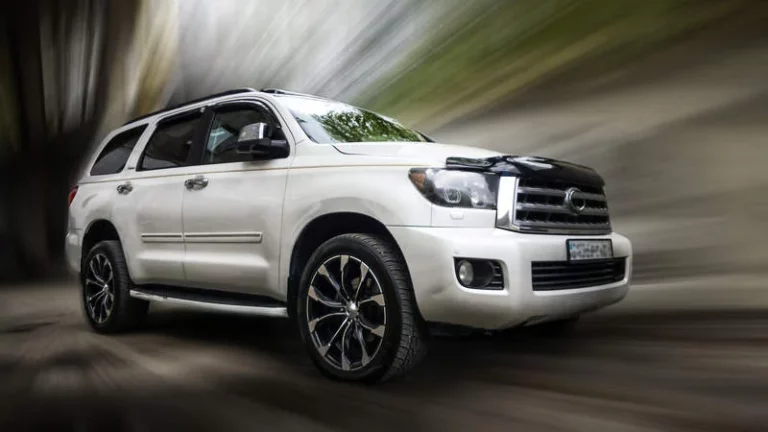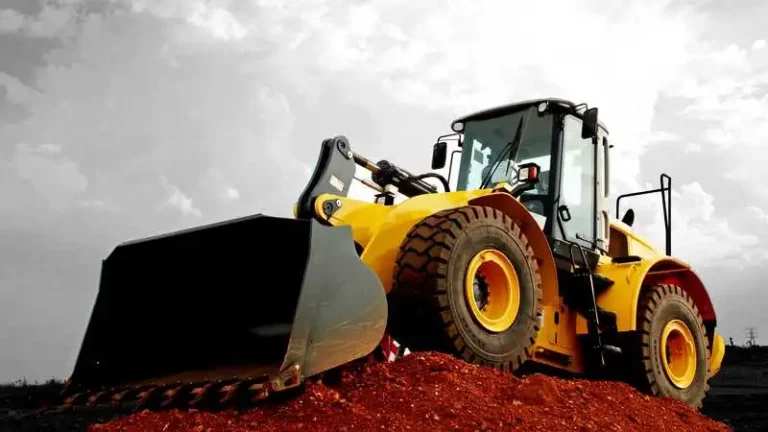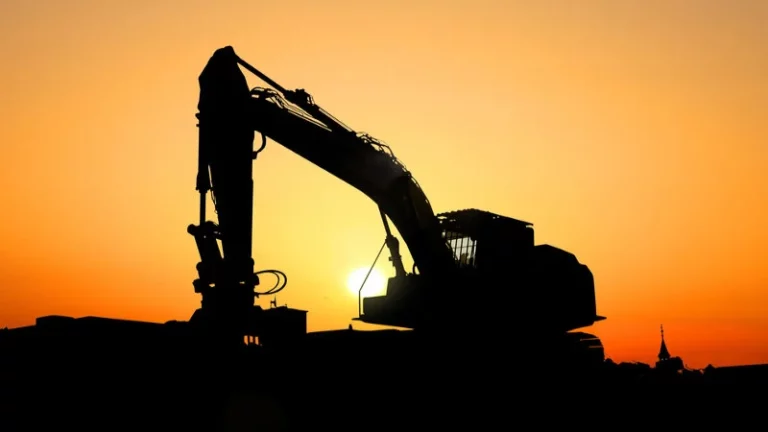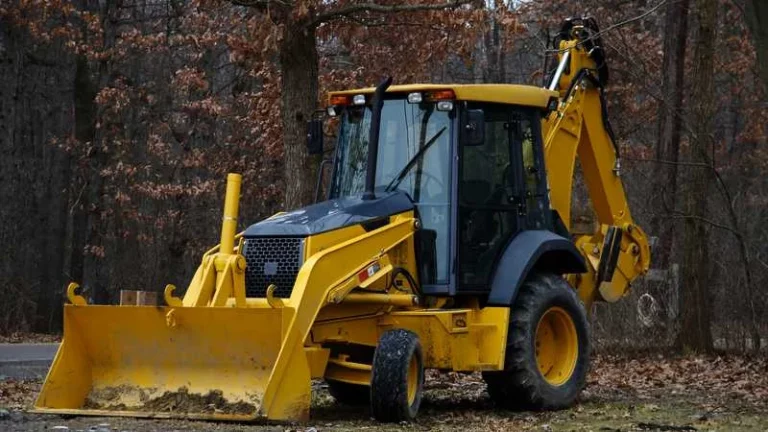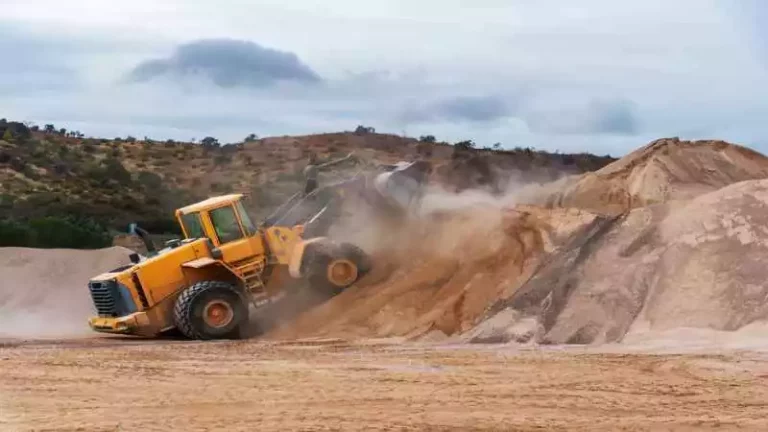Are you wondering how much a bulldozer weighs? It’s not just idle curiosity; the weight of these powerful machines can greatly influence their capabilities and applications! Did you know that bulldozers can weigh anywhere from 8 to 108 tonnes (7,257 to 163,293 kg)? Our article will provide an in-depth explanation about why bulldozers have such heft, how different factors affect their weight, and what it means for their practical uses.
Ready to dig into the mighty world of bulldozers? Let’s get started!
Key Takeaways
- Bulldozers can weigh anywhere from 8 to 108 tonnes or 7,257 to 163,293 kg.
- The weight of a bulldozer is important for its stability and performance in construction and earthmoving tasks.
- Heavier bulldozers provide better traction on difficult terrains and can handle larger workloads efficiently.
- The weight of a bulldozer is influenced by factors such as size, design, and optional attachments.
Understanding the Bulldozer
Bulldozers are heavy vehicles used for demolishing buildings and clearing land, equipped with a wide metal piece called a blade that can push materials.
Different Sizes of Bulldozers
Bulldozers come in many sizes.
- Small bulldozers: These are light and easy to handle. Small bulldozers weigh around 20,000 pounds.
- Medium bulldozers: These are perfect for most jobs. They weigh between 20,000 and 60,000 pounds.
- Large bulldozers: These are used for big tasks. Large bulldozers weigh between 60,000 and 150,000 pounds.
- Extra large bulldozers: Some can even go up to 108 tonnes (163,293 kg). These are usually used in big mines.
Why Are Bulldozers So Heavy?
Bulldozers are heavy for a good reason. They need to push and move earth, clear land, or demolish buildings. For these jobs, they must be strong and stable. The blade at the front is a wide metal piece that adds weight too.
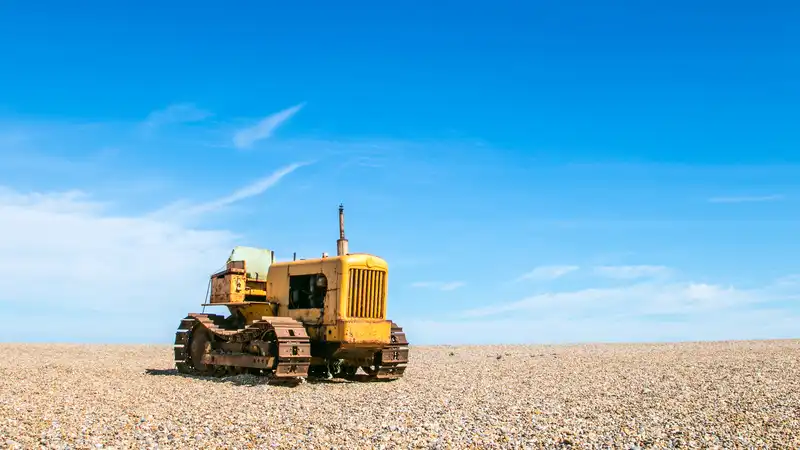
This tool is used for pushing dirt or other dense materials around at construction sites. The bulldozer’s size also plays part in its weight – the bigger it is, the more it weighs! They can weigh from 8 tonnes to 108 tonnes (7257 to 163293 kg).
To make sure they don’t sink into soft ground when working, bulldozers have wide tracks instead of tires. These distribute weight and pressure over large spaces keeping them on top of the dirt rather than sinking in! So while their huge size may seem daunting, remember that all this bulk helps keep bulldozers doing their job well!
Factors Influencing the Weight of a Bulldozer
The size and design of the bulldozer, as well as the additional equipment and attachments, are factors that influence its weight.
Size and Design
Big bulldozers weigh more than small ones. Their design also affects their weight. Small bulldozers are about 20,000 pounds. They work well for home projects or light jobs. Medium bulldozers fall between 20,000 and 60,000 pounds.
These machines can do many tasks well. Large bulldozers go from 60,000 to 150,000 pounds in weight. They are made to tackle tough and big jobs with power and speed.
Additional Equipment and Attachments
Bulldozers can be equipped with different attachments and additional equipment to enhance their functionality. These attachments can include blades, rippers, winches, and booms. The weight of a bulldozer can increase depending on the specific configuration chosen with these attachments.
For example, a bulldozer with a heavy-duty blade or ripper device installed in the rear may weigh more than a bulldozer without these additions. The weight of the operator and any other additional equipment also contributes to the overall weight of the machine.
Common Weight Ranges of Bulldozers
Bulldozers can vary in weight, with the Caterpillar D9 weighing around 49 tonnes (44,452 kg), the John Deere 1050k weighing approximately 9,600 pounds (4,354 kg), and the ACCO Super Bulldozer reaching a staggering 366,000 pounds (166,014 kg).
Caterpillar Bulldozer Weights
Caterpillar is renowned for its versatile range of bulldozers, with weights varying according to model and size.
| Model | Weight |
|---|---|
| Smallest Caterpillar Bulldozer | 18,000 lbs |
| Medium-sized Caterpillar Bulldozer (Standard Tracks) | Variable |
| Medium-sized Caterpillar Bulldozer (Low-Ground-Pressure Tracks) | Variable |
| Largest Caterpillar Bulldozer | Above 100,000 lbs |
Do note, however, that the weight of a bulldozer is also influenced by optional attachments and equipment. For example, the blade width and capacity of Caterpillar bulldozers can affect the total operating weight. Caterpillar offers different blade types to suit various job requirements, further customizing the weight of the machine.
John Deere Bulldozer Weights
John Deere is notable for having a wide variety of bulldozer models and their weight varies significantly. Here is a concise breakdown of some of the John Deere bulldozer weights:
| Model | Weight |
|---|---|
| John Deere 1050k | 9,600 pounds |
This is just one example, as John Deere manufactures a range of bulldozers, each with their unique specifications and weight.
Komatsu Bulldozer Weights
Komatsu is a globally recognized manufacturer of bulldozers, recognized for their high quality and durability. The weights of Komatsu bulldozers vary significantly depending on the model and size.
| Size Category | Weight Range (pounds) | Example Model | Model Weight (pounds) |
|---|---|---|---|
| Medium | 20,000 – 60,000 | N/A | N/A |
| Large | 60,000 – 150,000 | N/A | N/A |
| Extra Large (Used in earthmoving tasks) | Over 100,000 | Komatsu D475A-8 | 17,196 |
Komatsu bulldozers fall into two main size categories – medium and large. Medium-sized Komatsu bulldozers weigh between 20,000 and 60,000 pounds. On the other hand, large Komatsu bulldozers weigh between 60,000 and 150,000 pounds. In particular, Komatsu bulldozers utilized for earthmoving tasks can hit weights exceeding 100,000 pounds. The Komatsu D475A-8, for instance, tips the scale at 17,196 pounds. The broad weight range of Komatsu bulldozers is indicative of the variety of models and applications suited to different construction and earthmoving tasks.
CASE Bulldozer Weights
CASE is a renowned brand for providing reliable and durable dozers for small to medium-sized earthmoving projects. These dozers come with different operating weights, which can be chosen based on the specific requirements of a project.
| Model | Operating Weight | Track Type | Blade Width & Capacity |
|---|---|---|---|
| Small CASE Dozer | 15,000 lbs | Standard | Lower compared to competitors |
| Medium CASE Dozer | 50,000 lbs | LGP | Lower compared to competitors |
| Large CASE Dozer | 84,000 lbs | Standard | Lower compared to competitors |
Despite having slightly lower blade widths and capacities compared to competitors, CASE bulldozers prove their efficiency through their performance in handling earthmoving tasks.
Liebherr Bulldozer Weights
Liebherr bulldozers are known for their impressive range of operating weights, suitable for a variety of earthmoving projects. This manufacturer provides bulldozers with weights ranging from 34,833 lbs to a massive 161,354 lbs. Here’s a breakdown of the weight range in a tabular format:
| Model | Weight (lbs) |
|---|---|
| PR 716 Litronic | 34,833 |
| PR 726 Litronic | 39,242 – 44,092 |
| PR 736 Litronic | 49,604 – 54,013 |
| PR 746 Litronic | 54,450 – 61,729 |
| PR 756 Litronic | 73,631 – 79,366 |
| PR 766 Litronic | 105,822 – 114,640 |
| PR 776 Litronic | 161,354 |
While these bulldozers aren’t as prevalent in North America as other brands, their weight and size make them a competitive choice for various job requirements. They even come with standard and LGP options, except for the largest model. Note that the weight of a bulldozer plays a significant role in its performance and capabilities, so it’s an essential consideration when looking to purchase one.
Importance of Bulldozer Weight in Practical Applications
Bulldozer weight is a crucial factor in practical applications because it affects the machine’s stability and performance. Whether it’s clearing land, demolishing buildings, or moving heavy materials, the weight of a bulldozer determines its ability to handle different tasks.
In construction projects, bulldozers with heavier weights are preferred for their increased stability and traction on difficult terrains. The wide tracks and distributed weight help reduce ground pressure, allowing them to operate effectively even on soft or uneven surfaces.
This makes them essential for building roads, railways, dams, airports, pipelines, and power plants.

Furthermore, the weight of a bulldozer impacts its load capacity and operating capability. With larger machines capable of carrying more material at once, they can efficiently move dirt or landfill piles during earthmoving tasks.
Bulldozers also come with various attachments like S Blades and Winch Attachments that enhance their versatility in handling different types of work.
Overall, the importance of bulldozer weight lies in its ability to perform heavy-duty tasks efficiently while ensuring stability and safety for both operators and surrounding structures.
Frequently Asked Questions
1. How much does the average bulldozer weigh?.
The weight of a bulldozer can vary depending on its size and model. On average, bulldozers can weigh anywhere from 8 to 108 tonnes or 7,257 to 163,293 kilograms.
2. What is the heaviest bulldozer available?.
The ACCO Super Bulldozer holds the title for being the heaviest bulldozer ever built, weighing a massive 366,000 pounds or 166,014 kilograms.
3. What is the most common weight range for bulldozers?.
Bulldozers come in different sizes, but they are typically categorized into three weight ranges: small, medium, and large. Small bulldozers can weigh around 9,600 pounds (4,354 kilograms), while medium-sized ones range from about 44,452 to 146,916 pounds (20,157 to 66,640 kilograms).
Large bulldozers can go up to weights exceeding hundreds of thousands of pounds.
4. How does the weight of a bulldozer affect its performance?.
The weight of a bulldozer plays a crucial role in its ability to perform various tasks effectively. A heavier machine generally provides better traction and stability on difficult terrains.
It also allows for more power when pushing or carrying materials.
5. Are there any safety measures associated with operating heavy-weighted machinery like a bulldozer?.
Yes! Operating heavy machinery such as a bulldozer requires proper training and adherence to safety guidelines provided by manufacturers. Safety precautions include wearing appropriate protective gear like helmets and seat belts during operation and following strict maintenance schedules to ensure optimal performance and reduce risks.
Conclusion
In conclusion, bulldozers come in various sizes and weights depending on their type and purpose. They can weigh anywhere from 8 to 108 tonnes or 7,257 to 163,293 kg. The weight of a bulldozer is important for stability and efficiency during construction and earthmoving tasks.
Whether it’s a small, medium, or large bulldozer, the weight plays a crucial role in ensuring these machines can handle different terrains and heavy-duty workloads effectively.
FAQs
1. How much does a bulldozer weigh?
The weight of a bulldozer can vary depending on its size and model, but they typically range from 8,000 to 100,000 pounds.
2. What factors determine the weight of a bulldozer?
The weight of a bulldozer is determined by factors such as its size, attachments or blade options, and additional features like reinforced frames or protective plates.
3. Why is it important to know the weight of a bulldozer?
Knowing the weight of a bulldozer is important for transportation purposes, as it helps determine the type of trailer or vehicle needed to move it safely from one location to another.
4. Where can I find the specific weight information for a particular model of bulldozer?
You can find the specific weight information for a particular model of bulldozer in its product specifications provided by the manufacturer or by consulting equipment databases or catalogs.

